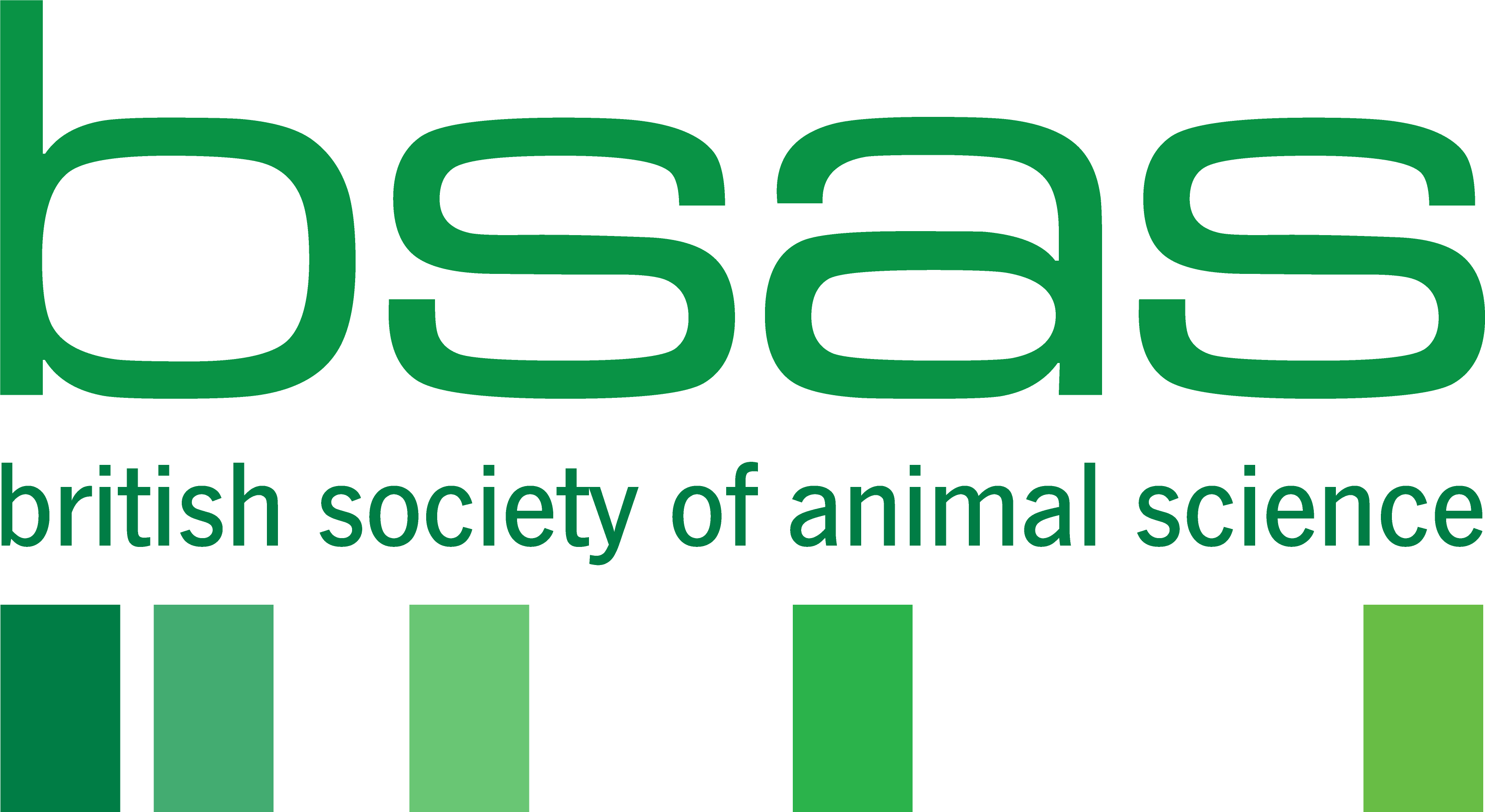Prediction of FATE in cats with hypertrophic cardiomyopathy using extracellular vesicles.
By Oliver Ashton
Take home message: FATE is a severe and painful disease. Biomarkers which predict cats at high-risk of FATE are required and may lead to novel therapeutics. The current study found that erythrocyte and platelet microvesicles were not biomarkers for FATE. In future larger balanced studies and other candidate markers are required.
Feline Aortic Thromboembolism (FATE) is primarily characterised by clots in the distal aorta, occluding blood flow to the femoral arteries and subsequently the hind limbs, initially causing severe pain and paralysis of the hind legs. Further clots may also occur in other areas leading to organ failure and death, with poor long-term prognoses in recovered cats. Feline hypertrophic cardiomyopathy (HCM), an abnormally large or thick heart muscle primarily affecting the left ventricle, is an important risk factor for FATE.
There are currently no tests to identify cats at high-risk of FATE. Extracellular vesicles (EV) with a variety of contents such as proteins and nucleic acids, are released from most cells, and have previously been used as biomarkers for other pathologies such as kidney dysfunction in humans. Microvesicles (MV) are a type of EV which form when intracellular vesicles “bud” at cell membranes. MV display markers of their parent cells on their surface, allowing for identification of their origin. It was hypothesised that cats with more severe HCM, thus more at risk of FATE would have elevated levels of erythrocyte and platelet derived MV.
Blood was collected in this study from 34 cats, composed of seven breeds. Cats were grouped by clinical presentation and echocardiography findings into six disease groups: healthy, HCM ventricle only, HCM ventricle and atrium, FATE in the previous six weeks, other cardiac disease and inconclusive. Flow cytometry quantification of MV and their cellular origin in plasma was performed using fluorescently labelled antibodies. MV were counted when positive for an MV marker and a platelet or erythrocyte marker.
Plasma erythrocyte and platelet MV concentrations did not differ between disease groups, contrary to previous findings that disease in general increases MV levels, such as MV from cardiomyocytes during myocardial infarction. It should be noted however that only one cat suffered FATE in the previous six weeks, reducing the ability to compare FATE to other disease groups.
Age effects were not observed, in agreement with previous studies finding that age is not correlated with HCM. Sex had no effect on MV concentration in this study contrary to the widespread belief that males are more prone to HCM, although older studies had skewed populations of breeds and sexes that may have affected the prevalence estimates. Similarly, some breeds such as Maine Coons are overrepresented in previous studies, although generally HCM is not regarded to have a breed disposition. In this study Norwegian Forest Cats were overrepresented, which are not ideal cats for studying markers of cardiac diseases due to high breed prevelance of cardiac diseases but low prevalence of signs during earlier screenings.
In conclusion this study found plasma erythrocyte and platelet MV concentrations are not an indicator of HCM severity although this study had a low sample size with poor disease state and breed distributions, leading to low statistical power and misrepresentation of the general population. In future other MV, larger sample sizes and identification of the contents of the MV through proteomics and genomics may provide more insights.
This study was undertaken by Zainab Riaz during his Bioveterinary Sciences BSc at the Royal Veterinary College, University of London. Zainab would like to acknowledge his supervisor Dr Charlotte Lawson for her support and guidance, along with Emily Ulfelder whom collected the original data. Zainab is currently studying for his MSc in Experimental and Translational Immunology at University College London.
Oliver Ashton, Queen’s University Belfast PhD Student
Oliver is a member of the BSAS Early Career Council and is in the final year of his PhD in collaboration with Devenish Nutrition at Queen’s University Belfast, where he is studying the development of novel immunomodulatory ingredients for piglet feed.
